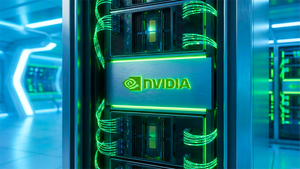
Homebuilder Tri Pointe Homes (NYSE: TPH) reported Q2 CY2025 results exceeding the market’s revenue expectations, but sales fell by 23.5% year on year to $884 million. Its GAAP profit of $0.68 per share was in line with analysts’ consensus estimates.
Is now the time to buy Tri Pointe Homes? Find out by accessing our full research report, it’s free.
Tri Pointe Homes (TPH) Q2 CY2025 Highlights:
- Revenue: $884 million vs analyst estimates of $820.1 million (23.5% year-on-year decline, 7.8% beat)
- EPS (GAAP): $0.68 vs analyst estimates of $0.68 (in line)
- Adjusted EBITDA Margin: 15.8%, down from 17.8% in the same quarter last year
- Backlog: $1.18 billion at quarter end, down 41% year on year
- Market Capitalization: $3.19 billion
“Tri Pointe Homes delivered another solid quarter, meeting our revenue and earnings guidance despite ongoing macroeconomic headwinds,” said Doug Bauer, Tri Pointe Homes Chief Executive Officer.
Company Overview
Established in 2009 in California, Tri Pointe Homes (NYSE: TPH) is a United States homebuilder recognized for its innovative and sustainable approach to creating premium, life-enhancing homes.
Revenue Growth
Reviewing a company’s long-term sales performance reveals insights into its quality. Any business can put up a good quarter or two, but many enduring ones grow for years. Regrettably, Tri Pointe Homes’s sales grew at a sluggish 4.3% compounded annual growth rate over the last five years. This was below our standard for the industrials sector and is a poor baseline for our analysis.
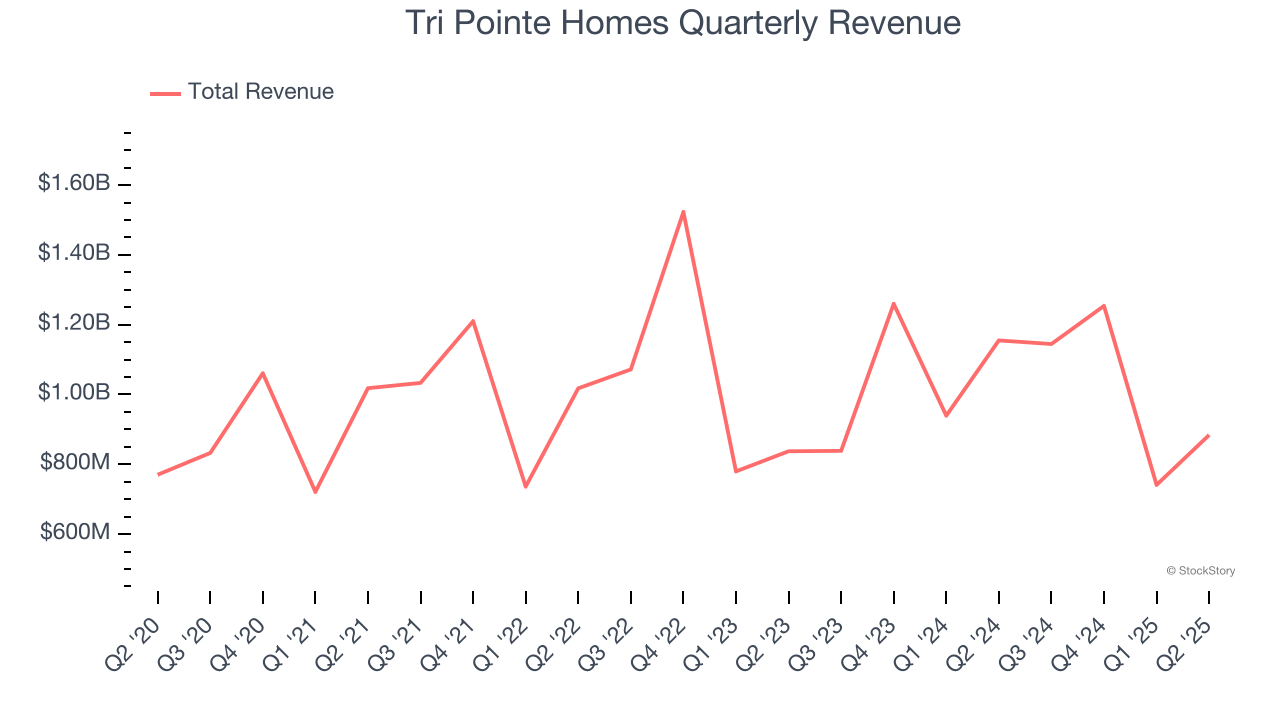
Long-term growth is the most important, but within industrials, a half-decade historical view may miss new industry trends or demand cycles. Tri Pointe Homes’s performance shows it grew in the past but relinquished its gains over the last two years, as its revenue fell by 2.3% annually. 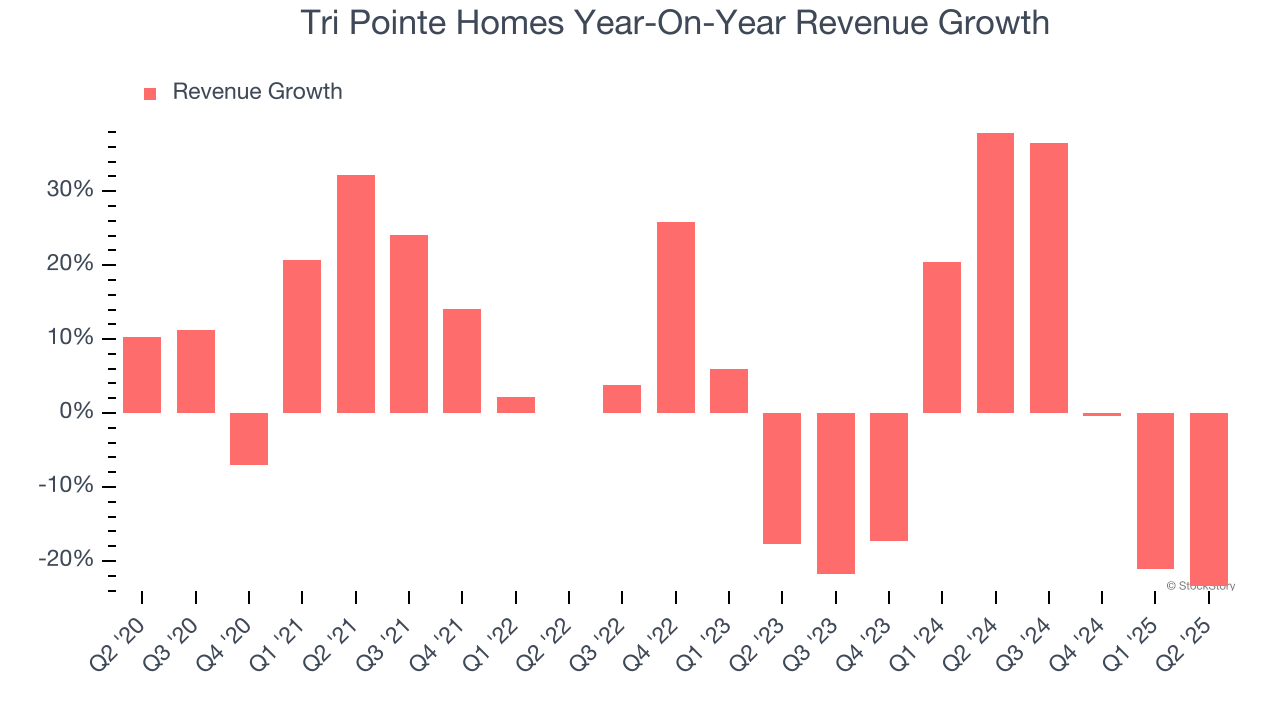
We can dig further into the company’s revenue dynamics by analyzing its backlog, or the value of its outstanding orders that have not yet been executed or delivered. Tri Pointe Homes’s backlog reached $1.18 billion in the latest quarter and averaged 7.6% year-on-year declines over the last two years. Because this number is lower than its revenue growth, we can see the company hasn’t secured enough new orders to maintain its growth rate in the future. 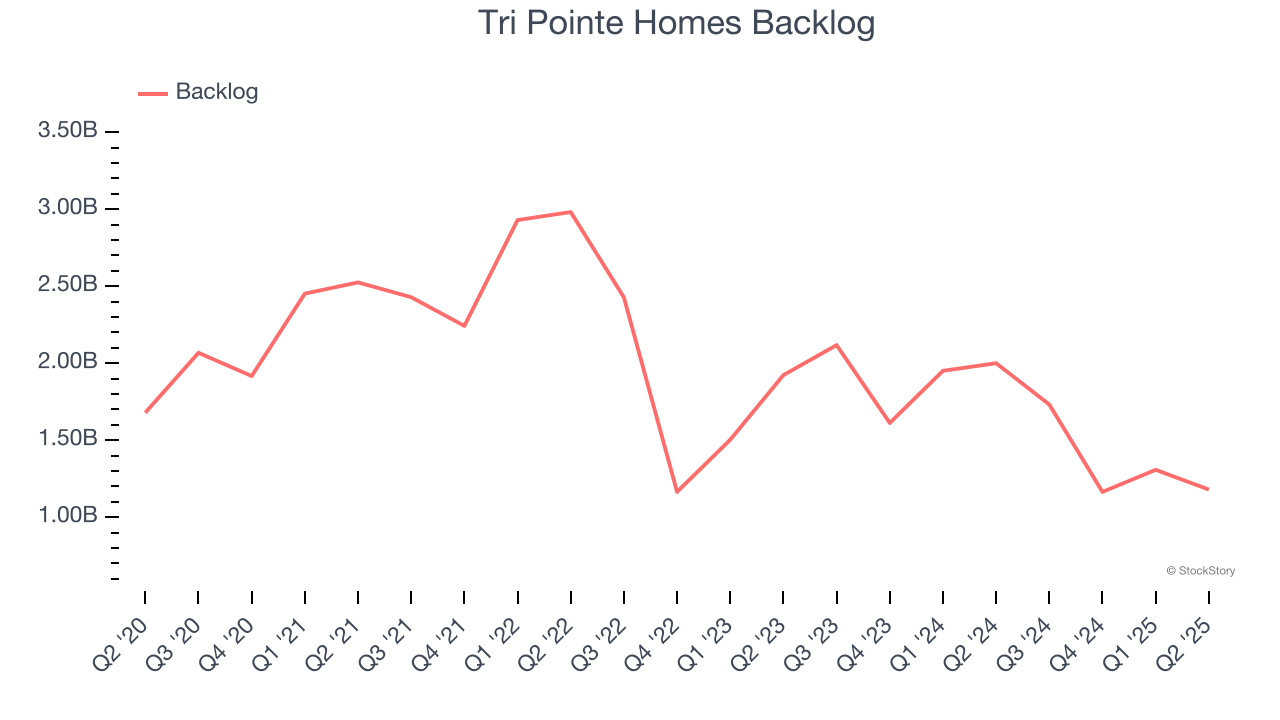
This quarter, Tri Pointe Homes’s revenue fell by 23.5% year on year to $884 million but beat Wall Street’s estimates by 7.8%.
Looking ahead, sell-side analysts expect revenue to decline by 12.2% over the next 12 months, a deceleration versus the last two years. This projection doesn't excite us and indicates its products and services will face some demand challenges.
Software is eating the world and there is virtually no industry left that has been untouched by it. That drives increasing demand for tools helping software developers do their jobs, whether it be monitoring critical cloud infrastructure, integrating audio and video functionality, or ensuring smooth content streaming. Click here to access a free report on our 3 favorite stocks to play this generational megatrend.
Operating Margin
Operating margin is a key measure of profitability. Think of it as net income - the bottom line - excluding the impact of taxes and interest on debt, which are less connected to business fundamentals.
Tri Pointe Homes has been an efficient company over the last five years. It was one of the more profitable businesses in the industrials sector, boasting an average operating margin of 14.3%. This result was particularly impressive because of its low gross margin, which is mostly a factor of what it sells and takes huge shifts to move meaningfully. Companies have more control over their operating margins, and it’s a show of well-managed operations if they’re high when gross margins are low.
Analyzing the trend in its profitability, Tri Pointe Homes’s operating margin decreased by 2.6 percentage points over the last five years. This raises questions about the company’s expense base because its revenue growth should have given it leverage on its fixed costs, resulting in better economies of scale and profitability.
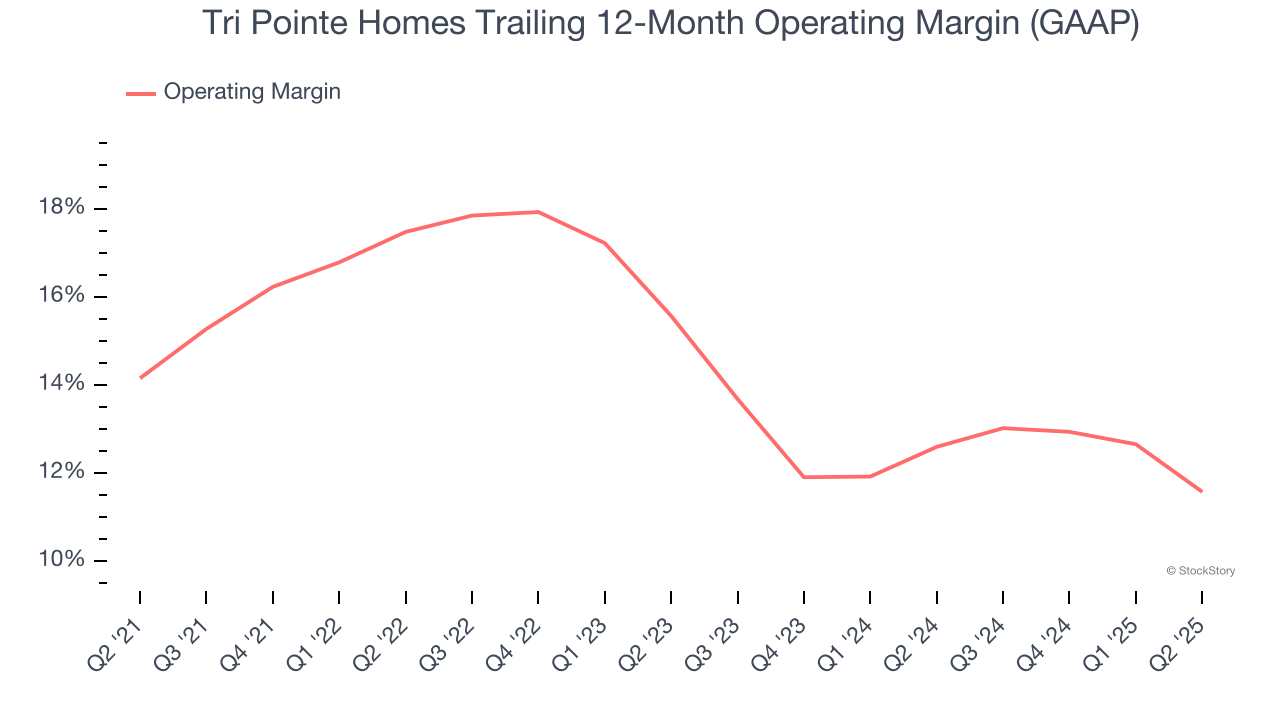
This quarter, Tri Pointe Homes generated an operating margin profit margin of 8.2%, down 4.8 percentage points year on year. Since Tri Pointe Homes’s operating margin decreased more than its gross margin, we can assume it was less efficient because expenses such as marketing, R&D, and administrative overhead increased.
Earnings Per Share
We track the long-term change in earnings per share (EPS) for the same reason as long-term revenue growth. Compared to revenue, however, EPS highlights whether a company’s growth is profitable.
Tri Pointe Homes’s EPS grew at a spectacular 14.9% compounded annual growth rate over the last five years, higher than its 4.3% annualized revenue growth. However, this alone doesn’t tell us much about its business quality because its operating margin didn’t improve.

Diving into the nuances of Tri Pointe Homes’s earnings can give us a better understanding of its performance. A five-year view shows that Tri Pointe Homes has repurchased its stock, shrinking its share count by 31.6%. This tells us its EPS outperformed its revenue not because of increased operational efficiency but financial engineering, as buybacks boost per share earnings. 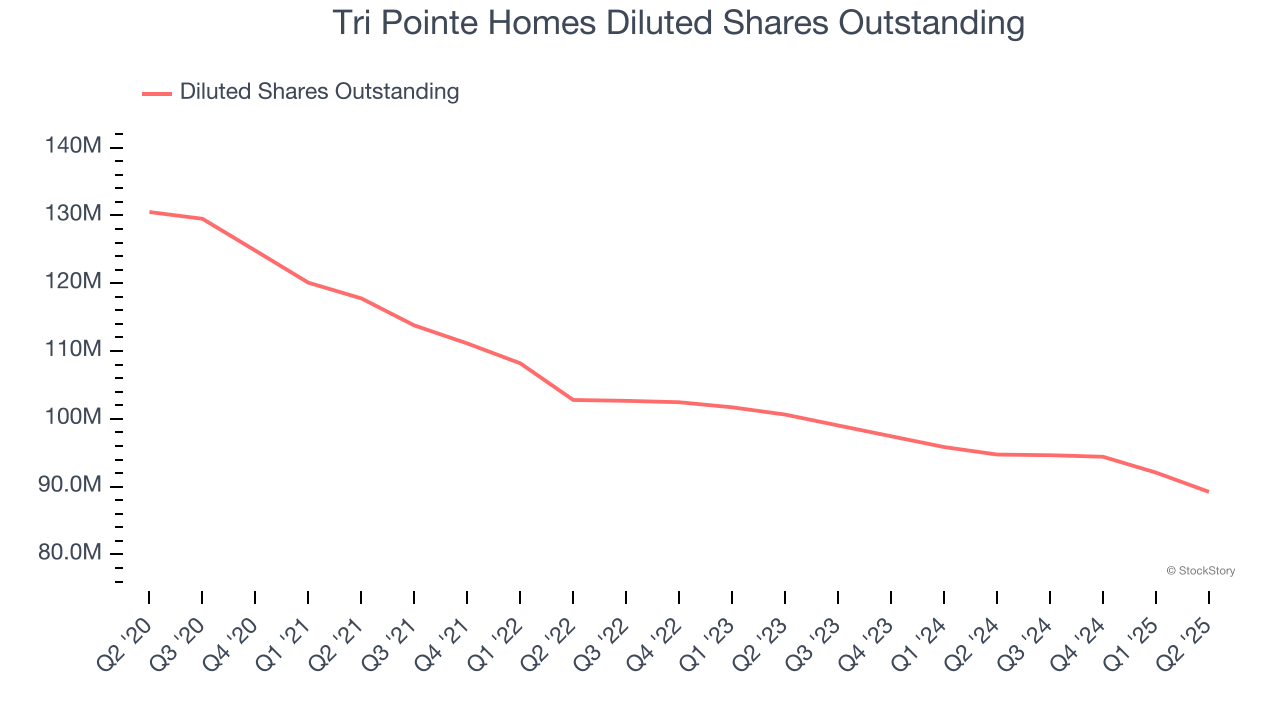
Like with revenue, we analyze EPS over a more recent period because it can provide insight into an emerging theme or development for the business.
For Tri Pointe Homes, its two-year annual EPS declines of 9.3% mark a reversal from its (seemingly) healthy five-year trend. We hope Tri Pointe Homes can return to earnings growth in the future.
In Q2, Tri Pointe Homes reported EPS at $0.68, down from $1.25 in the same quarter last year. This print was close to analysts’ estimates. Over the next 12 months, Wall Street expects Tri Pointe Homes’s full-year EPS of $3.92 to shrink by 28.3%.
Key Takeaways from Tri Pointe Homes’s Q2 Results
We liked how Tri Pointe Homes beat analysts’ revenue expectations this quarter, although EPS was just in line. On the other hand, its backlog missed. Overall, this was a mixed quarter. The stock remained flat at $35.40 immediately after reporting.
So should you invest in Tri Pointe Homes right now? We think that the latest quarter is only one piece of the longer-term business quality puzzle. Quality, when combined with valuation, can help determine if the stock is a buy. We cover that in our actionable full research report which you can read here, it’s free.


